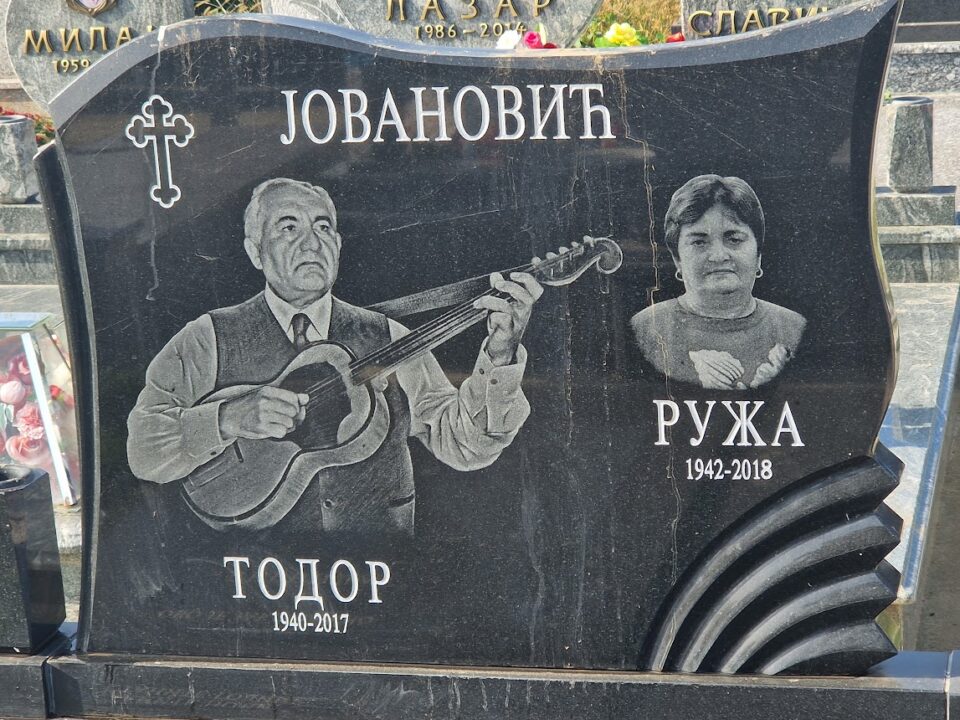In half a century, the number of Roma in Vojvodina has increased fivefold and their share in the population has gone up by six times, while the number and share of members of other national minorities has been constantly decreasing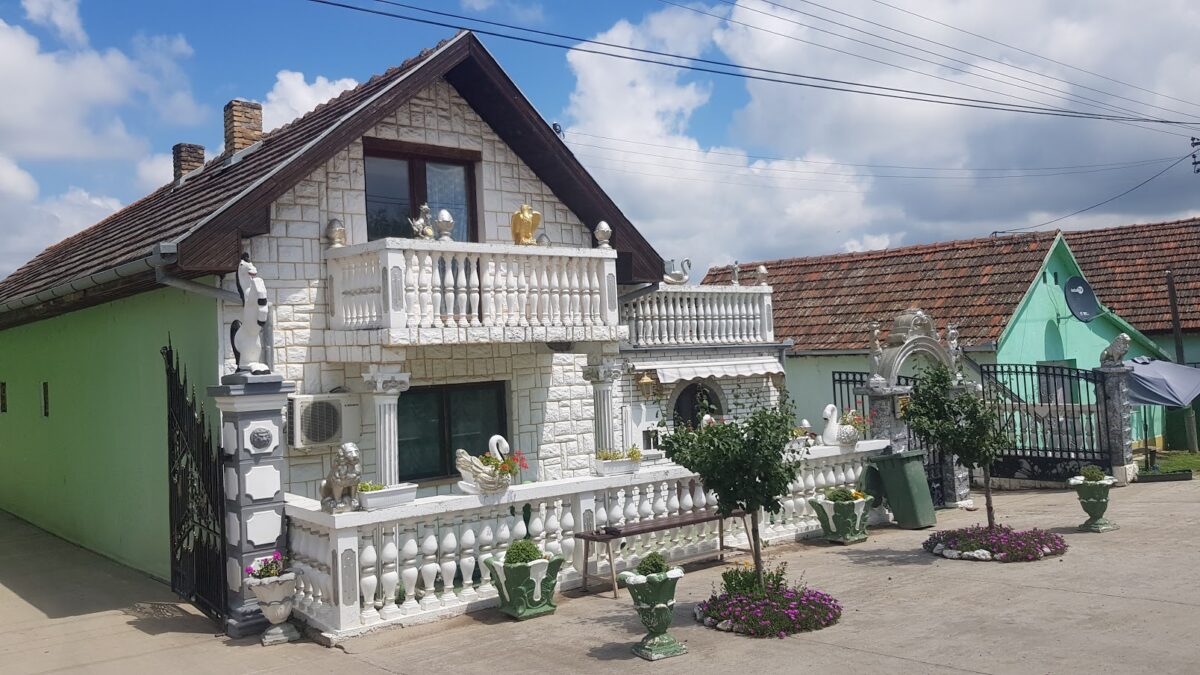
Unlike other national minorities (Hungarians, Croats, Slovaks, Romanians…), the Roma from Vojvodina do not have a home country that is an EU member and therefore possess no EU passports. They are much less likely to move to a city for studies, they have a significantly higher birth rate than the others and are slowly becoming the majority in several Vojvodina villages. Our society, however, does very little for their inclusion and this threatens to become a huge problem in some areas.
In the village of Pivnice in Bačka County, the majority of residents are Slovaks, so the local elementary school has had two Slovak classrooms and one Serbian in each generation. In the Serbian classroom, Roma students have been the majority for years. In recent years, it became a regular occurrence for some parents to enrol their children in a school in the neighbouring village of Despotovo, where there is almost no Roma. A similar worrisome phenomenon has been observed in some urban areas, in the Novi Sad neighbourhood of Klisa for instance, where for this reason there are two almost completely ethnically clean elementary schools – one “Serb” and one “Roma”.
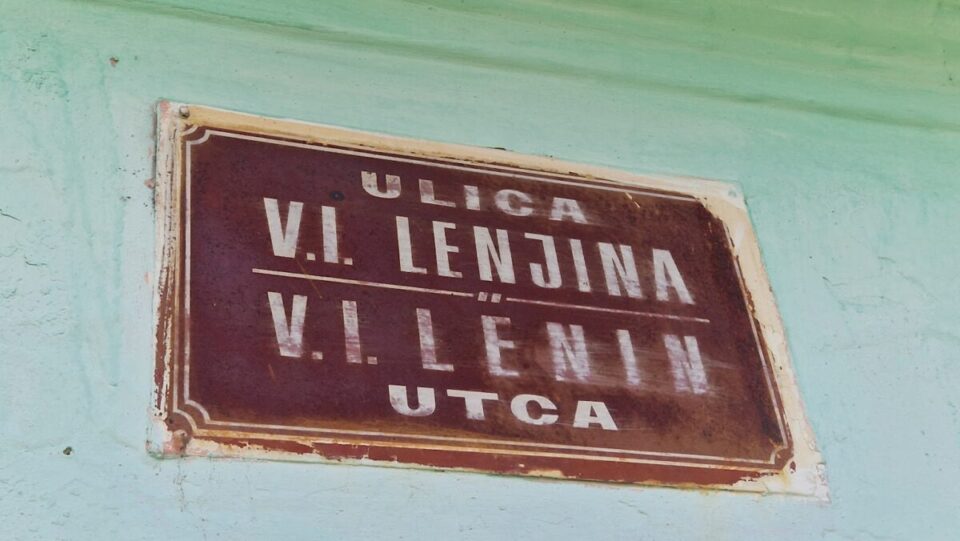
In the village of Vajska in the Bač municipality, the Roma population has grown from 20% to over 50% in 20 years (from the 2002 census to the 2022 census). In the Aleksa Šantić elementary school in this village, Roma children have been the majority for years. While cycling in the village of Radojevo in the municipality of Nova Crnja, right on the border with Romania, we stopped at a local store where the Stanko Krstin Elementary School graduation board was on display. Of the five young graduates – four of them were Roma children. There are only a few employees in the village who work at the school, local administration, shop and clinic, and all other residents live on welfare. A similar thing has happened in other villages like Deronje, Tovariševo, Bogojevo, Bački Monoštor, Popinci and Beočin, where Roma make up a significant percentage of the population. According to the 2022 Census data, the percentage of Roma is highest in the municipalities of Nova Crnja (11.46%), Beočin ( 8.9%) and Novi Kneževac (8.6%).
The inadequate inclusion of Roma has led to the vast majority of them being left outside the economic, cultural, educational and other social segments
Where Roma make up over 10% of the general population, their children make up an average of 50% of school students and where members of this community make up over 20% of the general population, the little Roma children make up around 80% of school students. These data depict a real situation about which representatives of state bodies and NGOs in charge of “Roma inclusion issues” know little and speak even less.
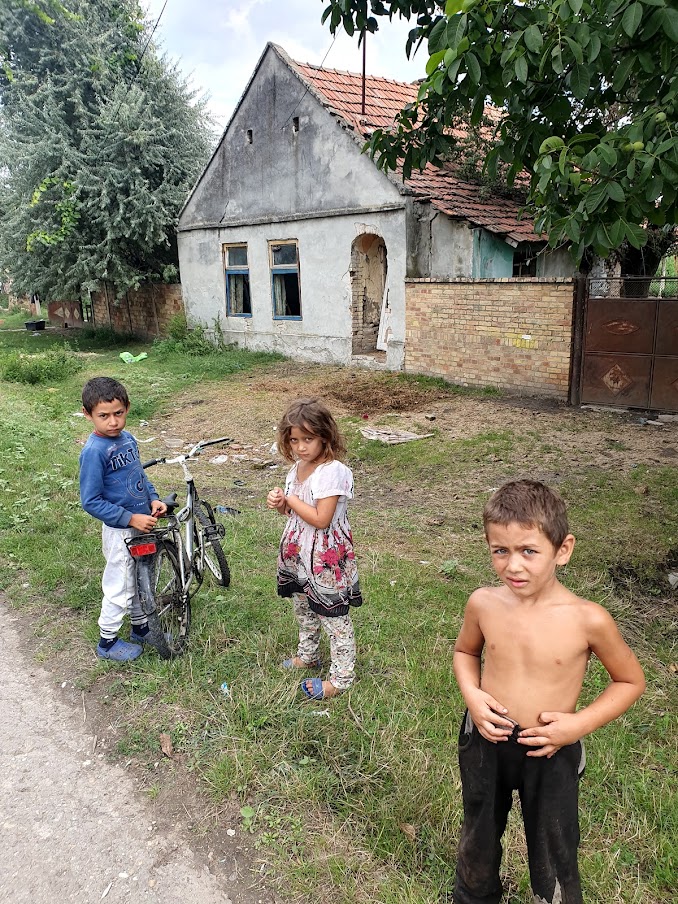
This state of affairs came about for several reasons. The first is that the Roma, unlike other minority groups in Vojvodina (Hungarians, Croats, Slovaks, Romanians…) do not have a home country that is a member of the EU, and therefore do not have the possibility of easily obtaining an EU passport, which inevitably limits their employment opportunities in developed European countries. Some see the reason in the large repatriation of Roma from EU countries that happened more than a decade ago. The third reason is, of course, the birth rate, which is significantly higher among Roma than in the average population. The fourth reason is that a very small number of Roma decide to attend high school (28%) and a negligible 1% go to universities, which is why they continue living in rural areas while most young members of other national communities go to study in big cities or abroad.
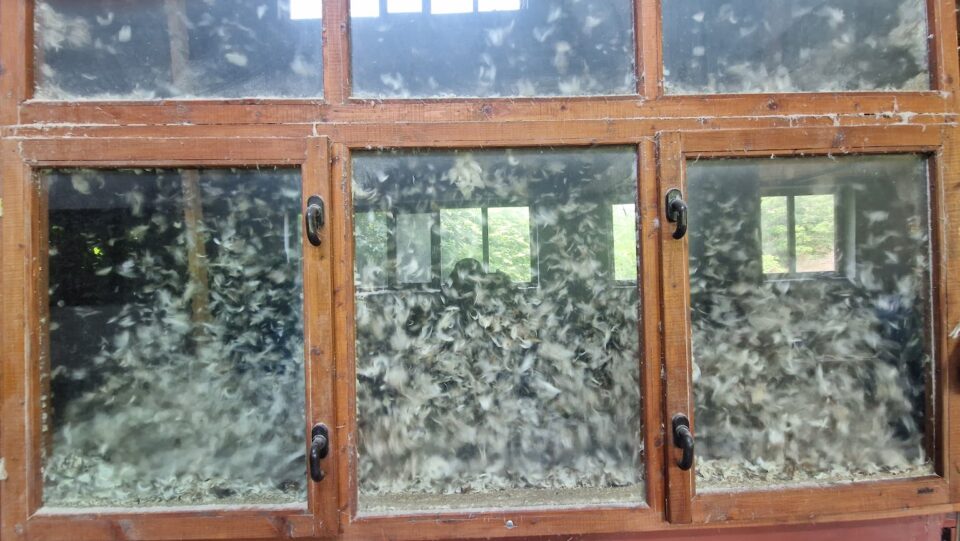
All this led to the fact that in half a century, the number of Roma in Vojvodina increased fivefold and their share in the population increased sixfold, while the number and share of members of other minorities has been constantly decreasing. It is interesting to note the trend in the number of Roma in Vojvodina and their share in the population – from the 1971 Census to the 2022 Census, their number increased from 7,760 to 40,938. Although between the 2011 and 2022 census, the number of Roma decreased slightly, their share in the population increased because the total number of inhabitants in Vojvodina declined much more. Between the last two censuses, Roma in Vojvodina overtook Slovaks and Croats and became the third largest national community in Vojvodina, right behind Serbs and Hungarians. It is believed that there are more Roma than the results of the census indicate, because some of them living in western Bačka traditionally declare themselves as Romanians (they immigrated from Romania at the beginning of the 19th century), and a large number of them are also cited under census categories as “undeclared” and “not known”.
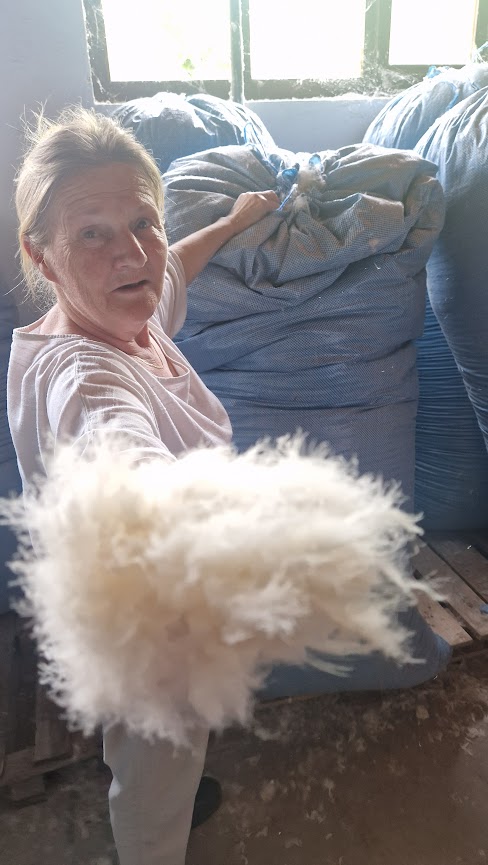
Even in areas where the contribution of local Roma is undeniable – like music – they are still frequently denied. That’s how I got to know the story of Black Steva (Crni Steva) last year in Silbaš. Silbaš was mentioned in one of the most popular songs by Zvonko Bogdan called “An Old Double Base”. This is a staple at almost every string orchestra concert. A particular lyric from “An Old Double Base” goes like this – “a gypsy from Bačka, Crni Steva from Silbaš, took an old double bass under his wing and polished it like a horse carriage. He took off the old wire, changed the keel, greased all the wedges and made the old double bass smile”.
The former Branislav Nušić Street in Silbaš, where Stevan Nikolić, a.k.a. Crni Steva, the famous tambourine player, was born, is today called the Crni Steva Lane, still the houses bear the old street signs. Today’s residents of this street, mostly inhabited by Roma, barely remember Crni Steva, whose also famous son, Moma Nikolić, the last of the “Eight Tambourine Players from Petrovaradin”, recently died in Canada. Due to the high costs of transporting the body to his homeland, the family decided on cremation. Because he was cremated, the Serbian Orthodox Church refused to perform the burial ceremony, although there are known exceptions to this rule, like Nikola Tesla, for example.
Unfortunately, the monument erected in honour of Crni Steva, the tambourine player who made Silbaš famous, is not located on the Petrovaradin Fortress or in his native village, but in front of the Zvonko Bogdan Winery, where in 2018, it was unveiled by Zvonko Bogdan, together with the statue of Janika Balazs and the statues of the other “Eight Tambourine Players from Petrovaradin”.
The majority of Roma in the villages of Vojvodina are on welfare and many of them do not even have personal documents
When you visit the Roma segment of the cemetery in the village of Deronje, you will notice a smiling image of a tambourine player on almost every other monument. Every morning, especially on weekends, a dozen vans with sleeping tambourine players who entertained guests all night in bars in Novi Sad, Sombor or even Osijek still return to this place.
According to research conducted by UNICEF in 2019, which I had access to, the Roma population (83%) is drastically more exposed to the risk of poverty than the rest of the population (25% of the total population). Only 7% of Roma children go to preschools, while 61% of children in the total population attend preschool. In terms of elementary schools, which is mandatory, Roma (92%) are close to the percentage of the total population (99%), but when it comes to attending high school, the difference is quite drastic – only 28% of Roma children attend, while the percentage of high schoolers in the total population is 94%. Even more worrying is the fact that the average life expectancy of Roma women in Serbia is 48 years. The average life expectancy of women in Serbia is 78 years, so 30 years more. Only every hundredth Roma in Serbia lives to be 60 years old.
Hence, the inadequate inclusion of Roma has led to the vast majority of them being left outside the economic, cultural, educational and other social segments. On the other hand, due to the chronic lack of workforce, Serbia massively imports workers of various profiles from Nepal, India, Bangladesh, Pakistan, Vietnam and Cuba.
On the other hand, the majority of Roma in the villages of Vojvodina are on welfare and many of them do not even have personal documents.

Last but not least, here is a completely different Roma story from Vojvodina. While cycling through the village of Debeljača in the Kovačica municipality, we heard from our hosts Klara and Nada that Roma from Russia moved to this place after the October Revolution. Most of them have the surname Romanoff or Ivanov. They chose Debeljača because of the traditional tolerance of the Hungarian Protestant population there (the largest Protestant church in the former Yugoslavia is located here). Hungarian Protestants in Debeljača were significantly more tolerant towards Jews than Orthodox and Catholics, so before the Holocaust, this is where the highest Roma concentration (in percentages) was in Vojvodina. Igor Karanović, a priest in the local Orthodox Church of the Transfiguration of the Lord, showed us a prayer book in Russian that these Orthodox Roma from Russia had brought with them.
Klara and Nada told us that the Romanoff family has been running a feather pillow and quince workshop for 70 years here and that some scenes from the film “I Even Met Happy Gypsies” were filmed here in 1967. When we reached the house of the Romanoffs, which also houses the workshop, I realized that they live in Lenin Street, the title of this article immediately sprung to my mind. Roma who took the surname of the Russian imperial family lives in a street named after the person who overthrew that family and ordered their execution.
Katarina Lehart Romanoff (Romanov in Serbian) is a Slovak from Kovačica. She married into the Romanoff family and with her husband, who recently passed away, continued to produce feather-based products. “We collect goose feathers all over Banat County. The pillowcases must be made of pure cotton and the stuffing must be made of pure goose feathers”, Katarina explains to us while her hand is full of incredibly soft down that she takes out of a bale while, at the same time, showing us the entire production process. She tells us about how her father-in-law told her that during the filming of “I Even Met Happy Gypsies”, actors Bekim Fehmiu, Mija Aleksić, Olivera Vučo, Gordana Jovanović, Bata Živojinović and others slept in their house.
The film “I Even Met Happy Gypsies”, directed by Aleksandar Saša Petrović, won the Grand Prix at the Cannes Film Festival in 1967, the award of the International Association of Film Critics, was nominated for the Golden Palm in Cannes, an Oscar for the best foreign film in 1968 and a Golden Globe Award for the Best Foreign Language Film in 1969.
The English title of the film (“I Even Met Happy Gypsies”) is actually a translation of one of the lines from a soundtrack song “Đelem, đelem” – “Maladilem šukale romeja” (“I Even Met Happy Gypsies”). We also met happy Gypsies here in Debeljača.
